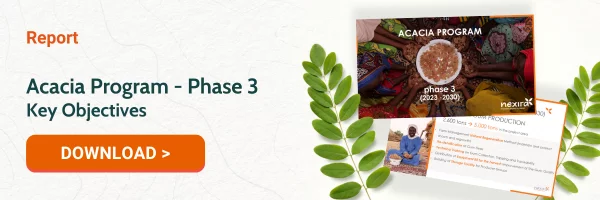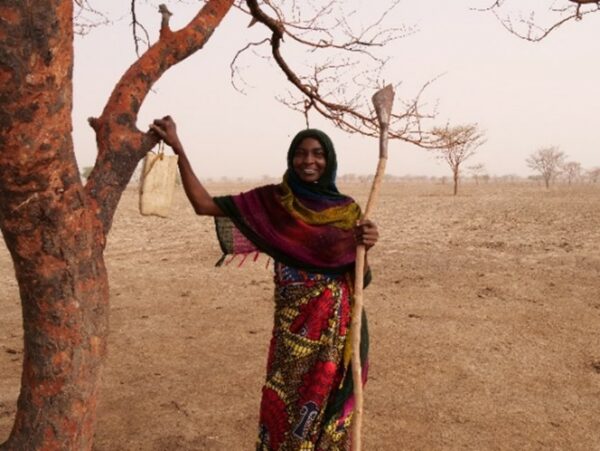Empowering ANR: SOS SAHEL’s Innovative Approach to Environmental Sustainability
Nexira, a global leader in natural ingredients and botanical extracts, has long been committed to sustainable development and environmental protection. Through its unique approach to sustainability, Nexira has focused on preserving natural resources, supporting local communities, and contributing to the economic growth of regions from which its ingredients are sourced. For over a decade, Nexira has worked in collaboration with SOS SAHEL to protect the acacia resource, enhance the lives of local populations, and promote sustainability.
This commitment is exemplified by Nexira’s involvement in the Acacia Program, which has been instrumental in promoting regenerative agriculture and improving the livelihoods of local populations, particularly in the Sahel region.
Assisted Natural Regeneration: The Heart of SOS SAHEL’s Environmental land restoration Strategy
SOS SAHEL’s commitment to environmental sustainability is demonstrated through its implementation of Assisted Natural Regeneration (ANR), a practice that is central to the organization’s restoration efforts in the Sahel region. This technique is a cornerstone of SOS SAHEL’s strategy to reconstitute and reinforce plant cover, thereby contributing to the restoration of degraded lands and the improvement of ecosystems.
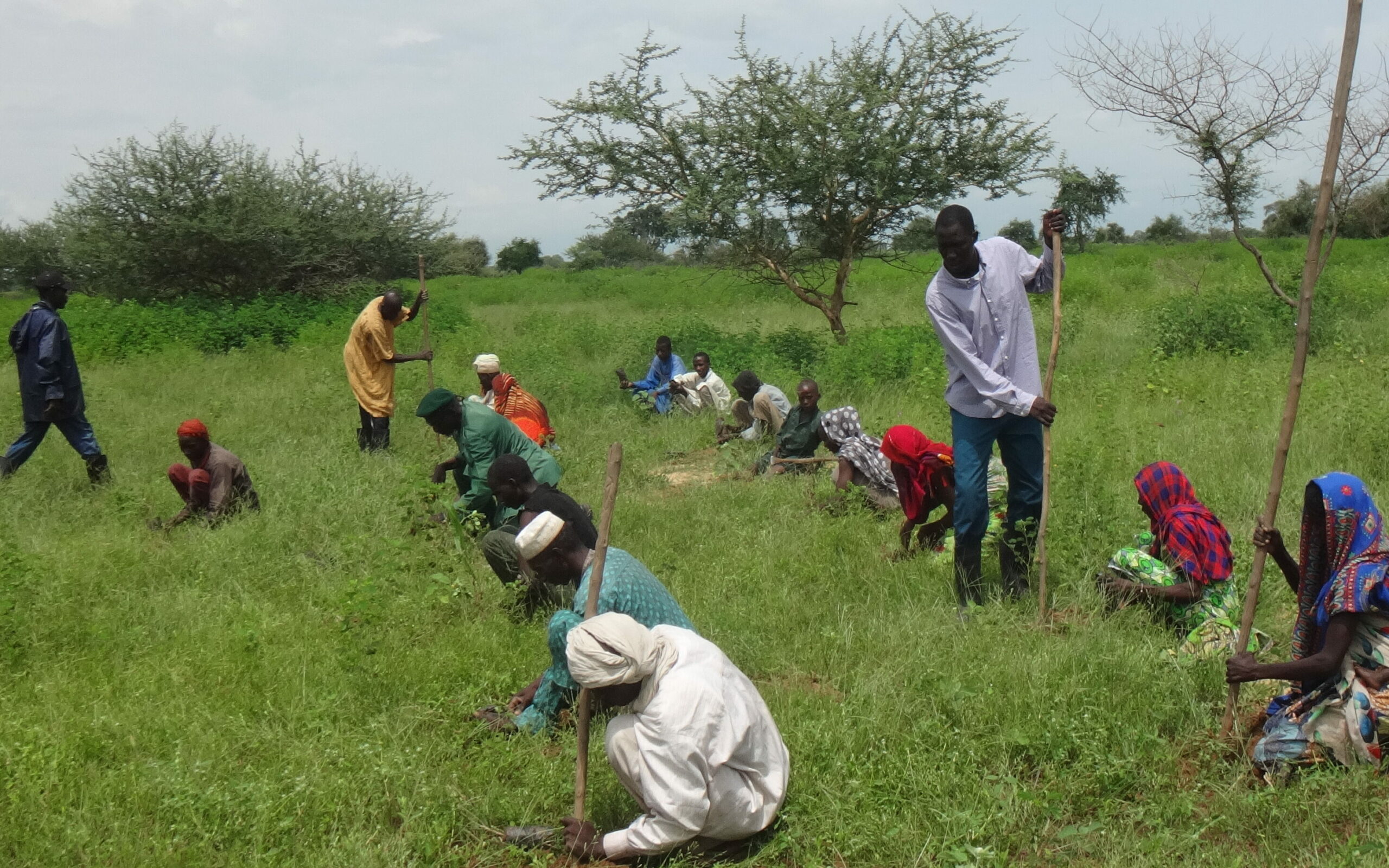
Understanding Assisted Natural Regeneration
Assisted Natural Regeneration is an ecological approach that focuses on the protection and management of natural regrowth. It involves selecting and nurturing shoots from the stumps of trees and shrubs, allowing them to continue growing. The practice is designed to enhance plant cover density and diversity, which in turn supports soil health, increases biodiversity, and contributes to the resilience of the environment against climate change. The process of ANR includes several key steps:
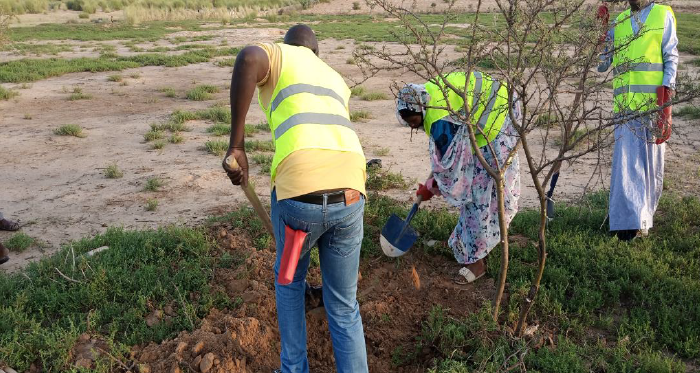
The first step is to identify areas with potential for natural regeneration and select the shoots or regrowth from the stumps of various trees and shrubs that will be protected and allowed to grow.
Water Retention: Water retention basins, also known as half-moons or water traps, are created around each seedling. This technique helps to concentrate and retain rainwater, promoting prolonged humidity at the base of the plants, which is crucial for their growth in arid environments.
Protection from Grazing: Protecting young plants from animals by surrounding them with thorny branches.
Staking: Providing support for twisted or fragile plants to keep them straight and ensure proper growth.
SOS SAHEL’s Implementation of Assisted Natural Regeneration
SOS SAHEL has actively implemented ANR activities in five villages within the Guéra province. The organization’s approach has been community-centric, involving local populations in regeneration activities, with a significant emphasis on women’s participation. This inclusive strategy not only aids in ecological restoration but also empowers local communities, particularly women, by providing them with employment opportunities and a role in environmental stewardship. During the clearing season, both dry and rainy, SOS SAHEL’s teams work with villagers to carry out the ANR process. By leaving 1 to 3 shoots from the stumps of various trees and shrubs, they foster a natural increase in plant density. For species like Acacia senegal or seyal, a target density of 100 plants per hectare is recommended to achieve optimal ecological balance.
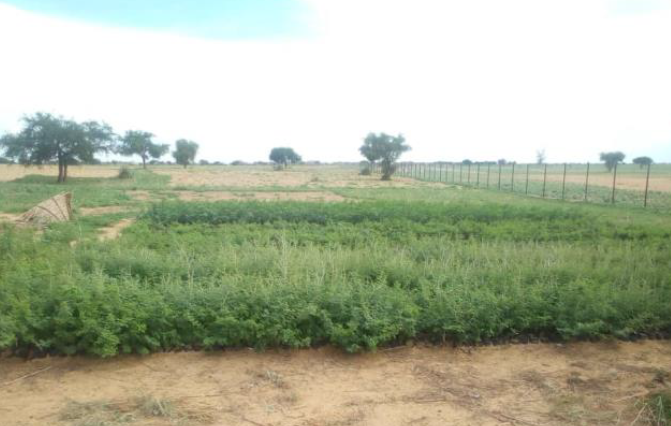
The Impact of Assisted Natural Regeneration
The impact of Assisted Natural Regeneration is multifaceted. By reinforcing plant cover, the technique helps to combat soil erosion, improve water retention, and increase the organic matter content of the soil. These improvements are crucial for the health of the ecosystem and the well-being of the communities that depend on the land for their livelihoods. SOS SAHELs implementation of Assisted Natural Regeneration (ANR) is a testament to the organization’s dedication to sustainable land management practices that not only restore and protect the environment but also support the socio-economic development of local communities. Through such initiatives, SOS SAHEL is making strides towards a more resilient and vibrant Sahel region.
As the Acacia Program progresses, the continued focus on ANR and community involvement will be crucial for achieving sustainable development in the region. The success of these efforts serves as a model for similar initiatives worldwide, demonstrating the power of combining traditional knowledge with ecological restoration techniques to achieve both environmental sustainability and economic growth.
Acacia Program: A Model for Regenerative Agriculture
The Acacia Program, supported by SOS SAHEL, represents Nexira’s dedication to sustainable practices. From 2009 to 2019, the program’s first two phases have made significant strides in protecting acacia resources, conserving gum trees, and organizing the sector to enhance the living conditions and incomes of local producers.
The program has touched the lives of approximately 28,000 gum Arabic producers from 100 villages, leading to a remarkable increase in production and a stronger value chain.
Nexira and SOS SAHEL launch the third phase of Acacia Program
The third phase of the Acacia Program, planned for 2023 to 2030 aims to continue the work initiated in the previous phases. With Nexira’s support, SOS SAHEL has launched startup activities in the Guéra province, which boasts significant potential for gum Arabic production. These activities are designed to improve the living conditions of poor and vulnerable rural communities that rely on gum Arabic harvesting for their subsistence, with a particular focus on empowering women who play a crucial role in the collection process
Learn more about the Key Objectives, download our new report:
Impact and Future Goals
The implementation of ANR by SOS SAHEL, supported by Nexira, is expected to have a profound impact on both the environment and the livelihoods of gum Acacia producers in the Guéra province. By increasing plant density and diversity, Assisted Natural Regeneration contributes to soil health, biodiversity, and the resilience of ecosystems against climate change. For the local communities, these environmental improvements translate into better Acacia Gum production, enhanced food security, and increased incomes. As the Acacia Program progresses, the continued focus on ANR and community involvement will be crucial for achieving sustainable development in the region. The success of these efforts serves as a model for similar initiatives worldwide, demonstrating the power of combining traditional knowledge with ecological restoration techniques to achieve both environmental sustainability and economic growth.
Nexira’s sustainable development approach aligns with four United Nations Sustainable Development Goals, reflecting its broader commitment to global sustainability efforts:
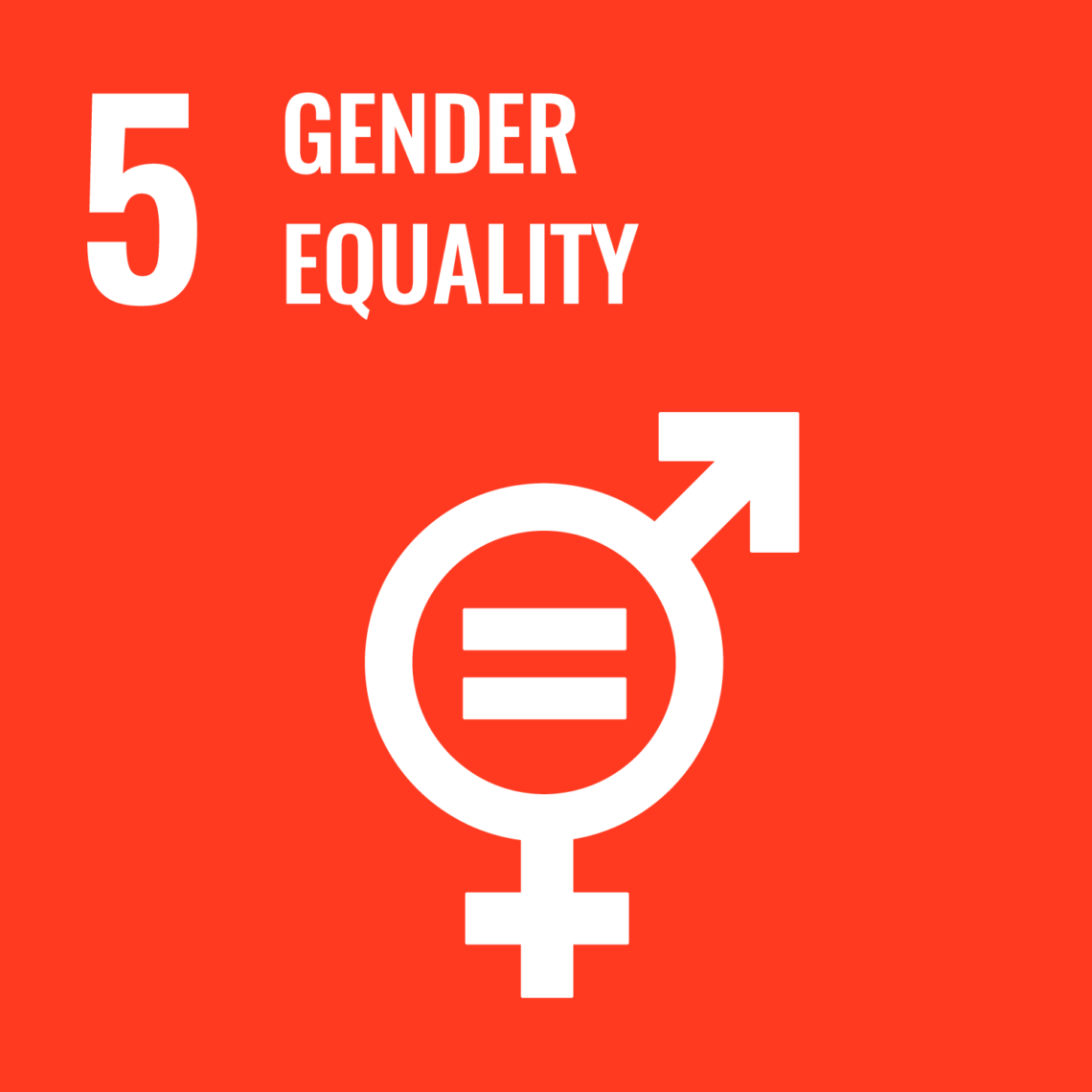
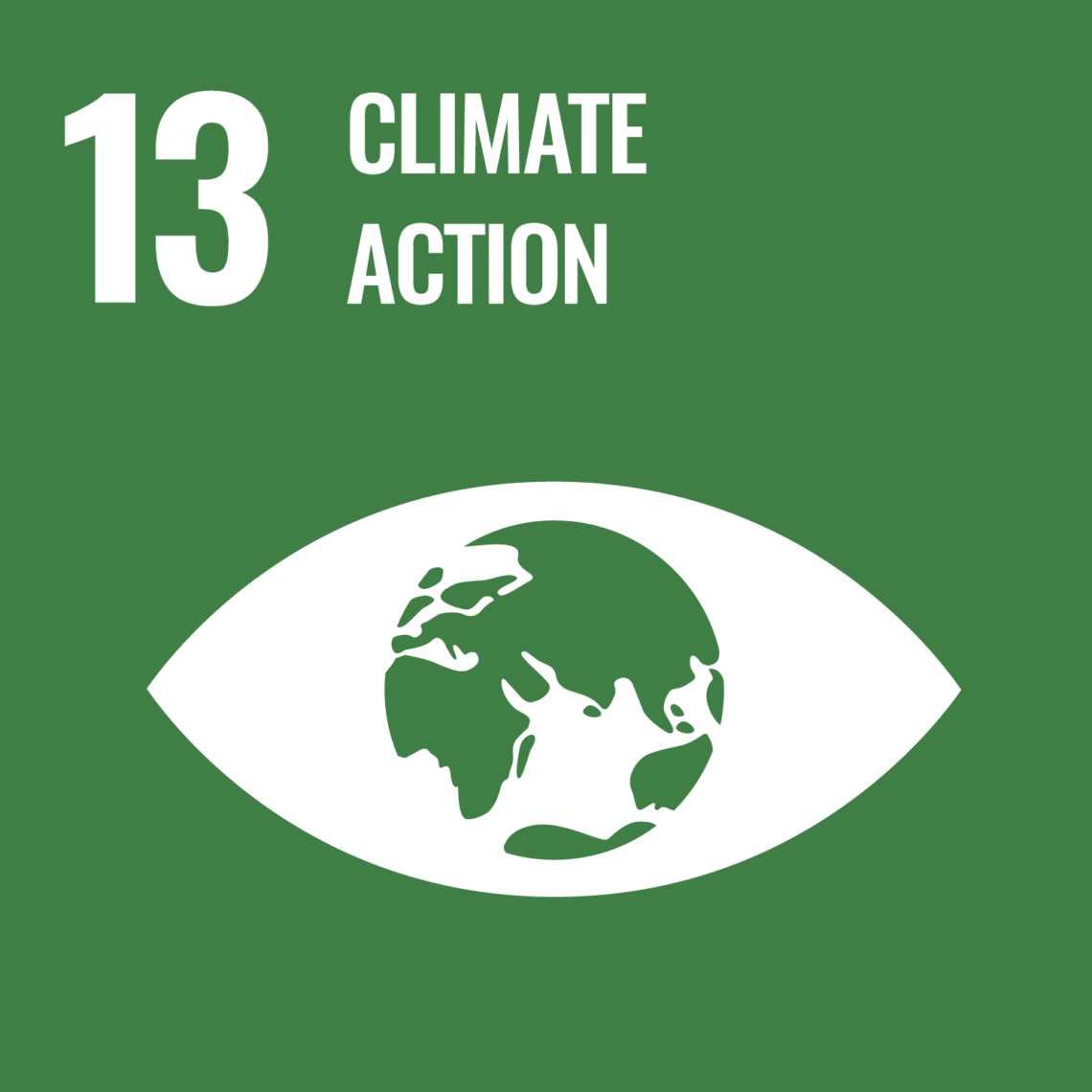
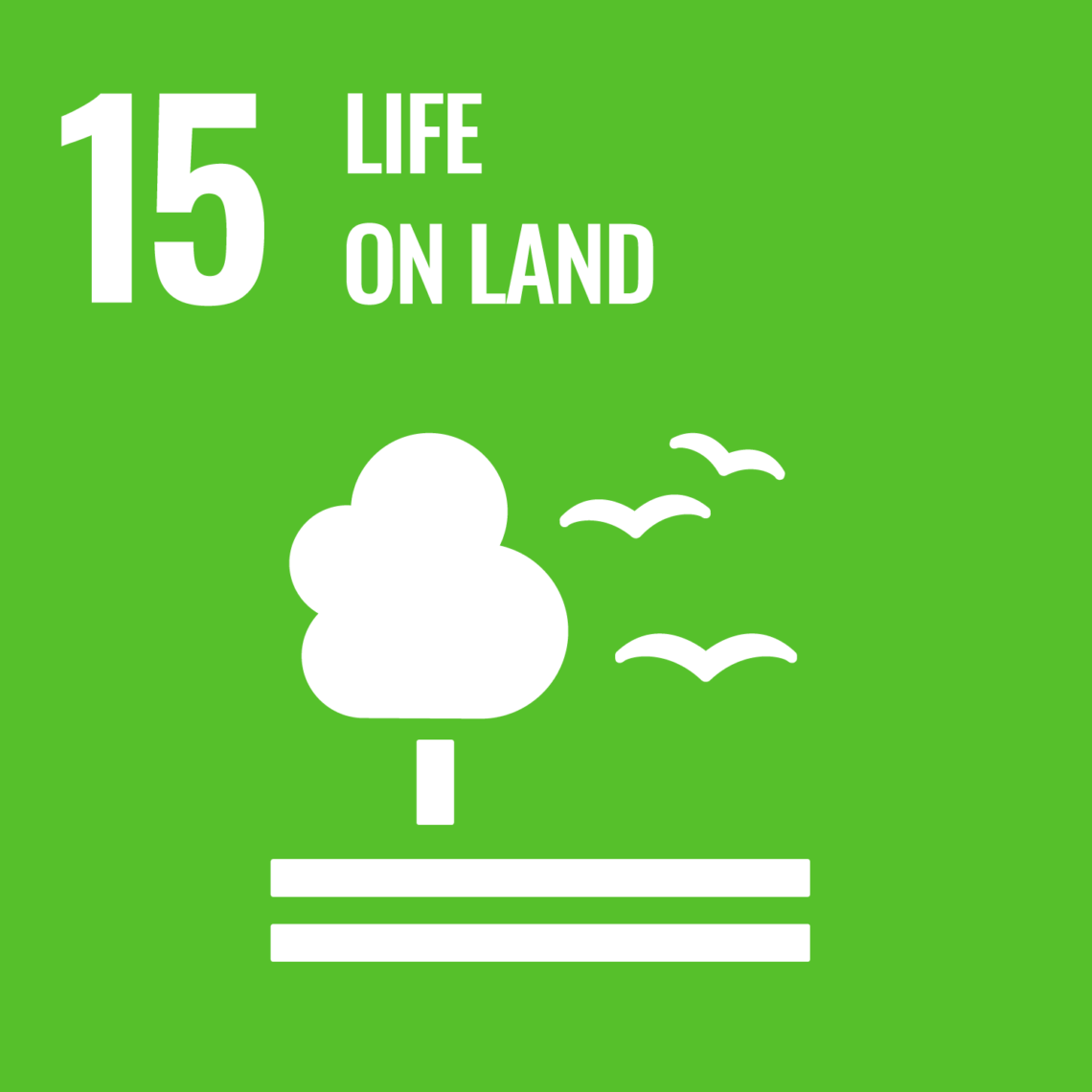
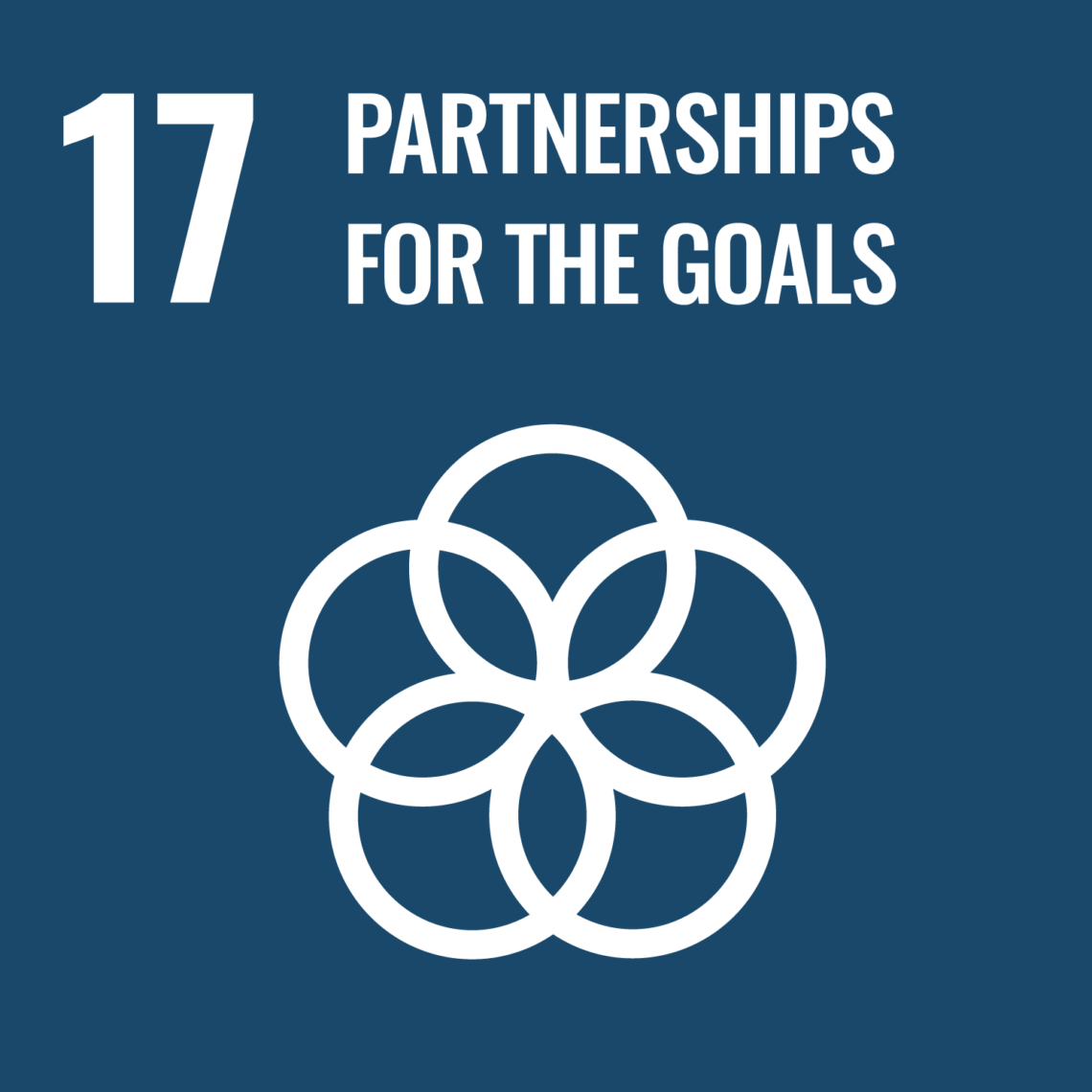
By focusing on environmental protection, social development, and economic growth, Nexira is not only contributing to the well-being of local communities but also ensuring the long-term sustainability of its supply chains and the natural resources upon which its business depends.
Need more information?
#WeAreAcacia
This communication is not intended to the final consumer. It provides scientific information for professionals only. Communications to the final consumer have to be checked according to local regulations in force, since the conditions of use are beyond our control. This statement has not been evaluated by the FDA. This product is not intended to diagnose, treat, cure, or prevent any disease.
